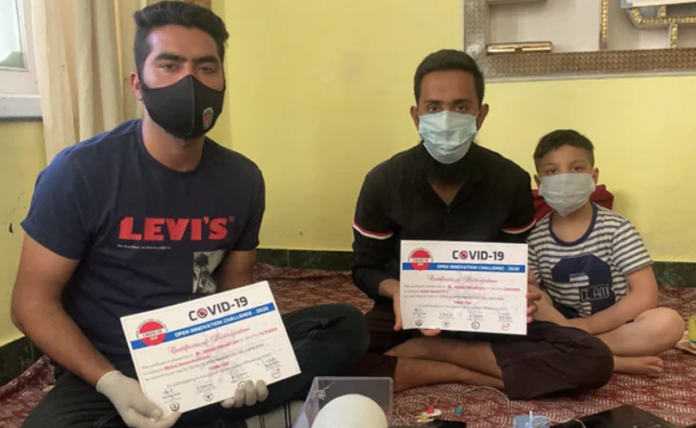Many countries had not yet analyzed the damages that is occurred due to the lack of monitoring in Artificial breathing machines .Obviously we cannot expect medical staff to be on call all the time .Even if they do they might still have a chance for human error that can increased up to the extent if safety precautions are not taken by the time. A slight or accidental change in these Artificial breathing machines could result in Kidney or heart failure, punctured lungs or Brain hemorrhage, and could bring damages to the authorized person, Vent operators are highly trained specialized persons who visit twice or thrice in every 24 hours and set the numeric accordingly. Other staff is restricted to make any changes without a consent as it may risk their practicing license. With such regard monitoring these machines is an essential factor to focus on by the experts.
Scarcity of Beds and other medical devices, Ventilators to be on top of the list had driven the situation into the worst phase especially in the regions that are low in resources. The noncooperative attitude of the authorities, lack of collaboration from the potential caregivers. These were the core reasons for the country failing to survive in the situation.
But looking into such a situation, many people come up with a helping hand to the nation, Not particularly supporting in the fields of medicine but to any field that might give a boost to the nation’s economy, Be it filling up the gap of digital devices for the students in Chennai by Aggarwal Sisters, SonuSood a Bollywood actor being a helping hand for the laborers and low-class farmers to travel back to their hometown or Sajid Noor, a son of daily wage laborer and a student going out of the way to produce human and budget-friendly ventilators along with his friend, etc. All of which is highly witnessed and appreciated by the authorities, Government, and Lottoland India by giving them a cash price of 1 lakh rupees.
Sajid Noor and Jahangir are two young innovators from Kashmir – a region in northern India that is often hit with natural disasters, such as floods. They were currently working on making low-cost portable ventilators out of junk. Their first prototype cost them only 1500 Indian rupees (about $25), but that was lacking in synchronizing with the human body at once. Later, it was incorporated with a cloud-based system which led the front line doctors to monitor the actual condition of the patient from a certain distance, which cost the boys up to INR 20,000 ($265) but has proven to be successful at keeping the user alive for up to 30 minutes. The average hospital ventilator costs around 200,000 Indian rupees ($3200) and can keep a person breathing for one hour at most; the hope is that this device will be able to expand its use beyond emergency situations and into daily use by those who might need it.
Upon asking, the initial inspiration for the duo to create such an exceptionally innovative device is their consideration towards the poor who can’t afford the cost of a ventilator set in the hospitals and are regarded to be among the least priority. These Kashmiri Heros have been on track to produce more devices out of scrap but are in need of financial support by the NGOs and the local authorities so that they can contribute as per their resources.
Sajid and Jahangir claim that the cost might go down as they are on track to making the machine more human-friendly. However, the prototype was a result that was gained by blending their success ratio and the failures.
The devices might not only be budget-friendly to a major class as cutting out the essential elements from it might increase the huge risk factor but have the features of providing monitoring signals to the front-line doctors that help them to maintain the distance from the fatal and contagious disease carriers and adjust the setting as per the user body demand. Furthermore, it does not require a user to get bed stuck as the device also grants you the feature of portability.
At the initial stage, their innovation was least regarded until they approached the National Institute of Technology Srinagar. After multiple testings, their innovation was passed and was certified to be potential. That’s where they started to gain fame. Furthermore, with the help of funding by the local NGOs, they managed to make some more devices that were low on cost, as claimed earlier by the boys. The lowest price set was without a monitoring service that fell to INR12,000. Users had to adjust the settings manually, and the highest cost fall for the device was INR 17,000 with maximum features and applications. Later Sajid and Jehangir both were awarded by the Government in a couple of categories. Contribution to the Medical Field and a productive innovation to the field of sciences. Additional achievements directed them to get recognized by the LottolandAaj ka Sitara award. For quite a time, the machine remained within the territory of Srinagar and was serving the patients in the vicinity. But after a huge recognition, they are on the road to get national recognition.








